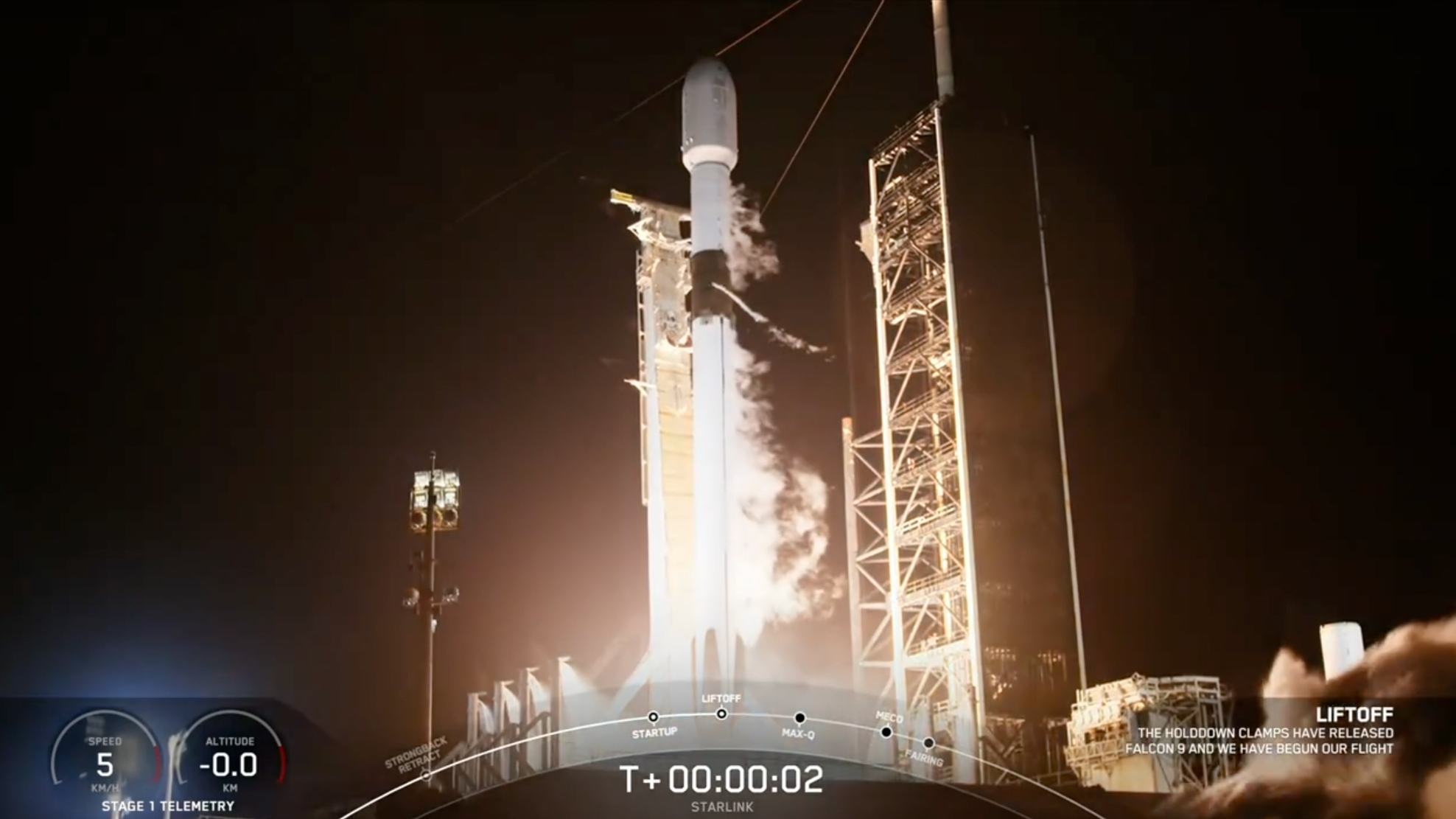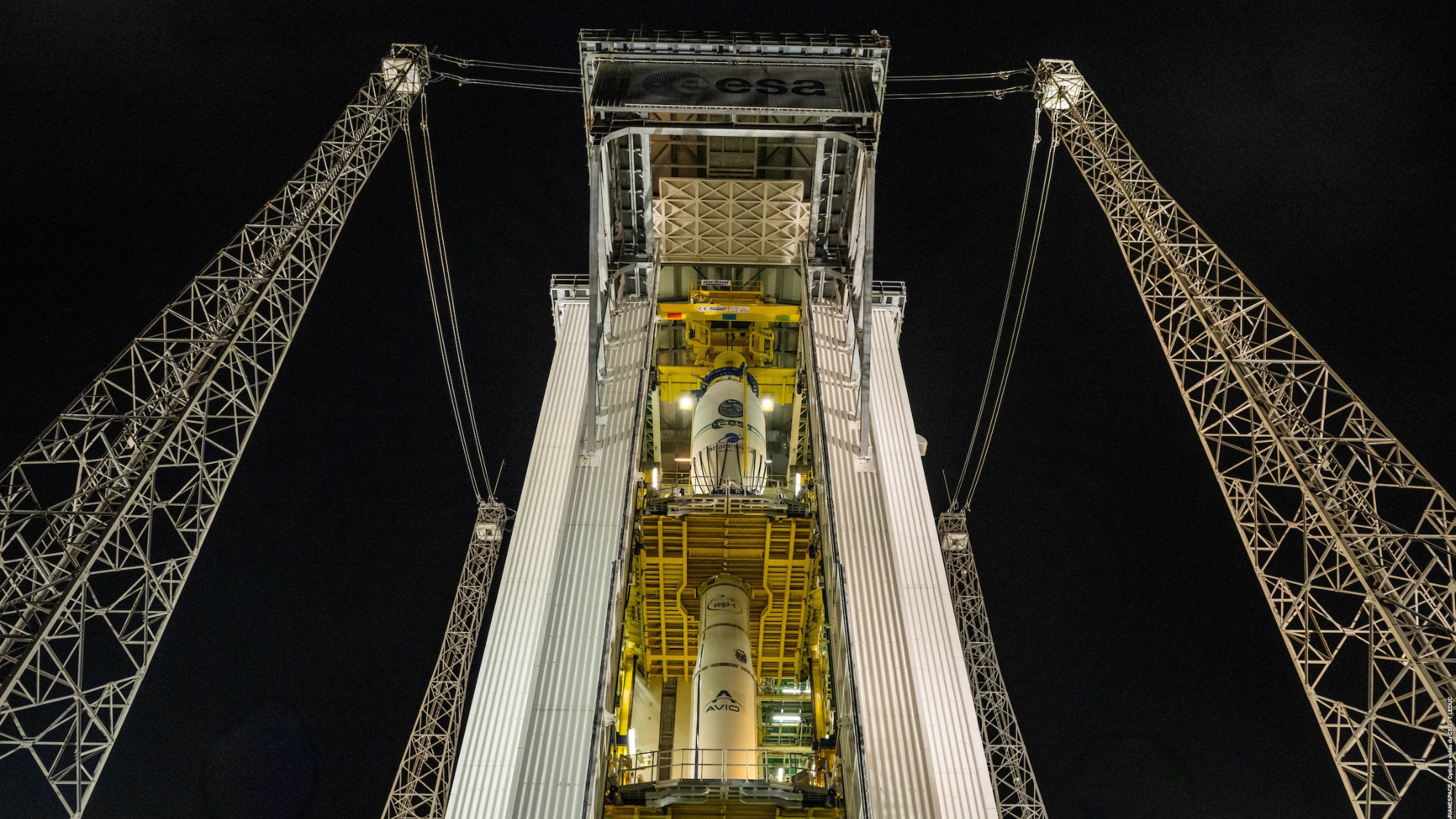House Votes for Mint to Make NASA Coins
The United States Mint came one step closer this week to striking a new series of gold and silver coins containing metal that flew on historic spacecraft.
The coins, to be issued in 2008, are to commemorate 50 years since the founding of the National Aeronautics and Space Administration (NASA) and the opening of the Jet Propulsion Laboratory (JPL). Passed July 12 by the U.S. House of Representatives, the "NASA and JPL 50th Anniversary Commemorative Coin Act" authorizes the Mint to produce a $50 gold coin with an image of the Sun and nine $1 silver coins each representing one of the nine planets in our solar system.
Further, the bill directs that NASA, JPL, the Department of Defense, the Smithsonian Institution and any other federal agency in possession of flown spacecraft deliver gold, silver, copper, and other metal samples from the vehicles to the Mint for "symbolic inclusion" during the production of the coins. The bill also seek these federal agencies to collect like samples from privately-held craft.
The flown metal will then be blended with other metals by which all coins struck can be said to be made in part from the spacecraft.
"Minting coins is a distinctive way to honor 50 years of dedicated service by the men and women of JPL and NASA," said Representative Adam Schiff, who was a co- sponsor of the Act and who represents the district where JPL is located.
The bill calls for the $50 coin to be limited to 50,000 and contain one troy ounce of fine gold. Opposite its image of the sun on the reverse will appear "a design emblematic of the sacrifice of the United States astronauts who lost their lives in the line of duty over the course of the space program." The edge of the 1.25 inch diameter coins will be inscribed with the names and dates of the missions on which astronauts were lost.
Likewise, the nine 1.5 inch silver commemoratives will be limited to 400,000 each and contain 90 percent silver and 10 percent copper. The coins will feature on their reverse different designs that are "emblematic of discoveries and missions of the Jet Propulsion Laboratory to the planet depicted on the obverse of the coin." The bill requires the artwork to be realistic and accurate, as well as sets forth specific details for four of the coins:
Get the Space.com Newsletter
Breaking space news, the latest updates on rocket launches, skywatching events and more!
- The "Earth" coin is to "bear images emblematic of, and honoring, the discoveries and missions of the National Aeronautics and Space Administration, the Mercury, Gemini and Space Shuttle missions and other manned Earth-orbiting missions, and the Apollo missions to the Moon."
- "Jupiter" will have "the Galilean moon Europa and depict both a past and future mission to Europa."
- "Saturn" is to include "the moon Titan and depict both a past and a future mission to Titan."
- "Pluto" will bear a design that is "emblematic of telescopic exploration of deep space by the National Aeronautics and Space Administration and the ongoing search for Earth- like planets orbiting other stars."
Join our Space Forums to keep talking space on the latest missions, night sky and more! And if you have a news tip, correction or comment, let us know at: community@space.com.

Robert Pearlman is a space historian, journalist and the founder and editor of collectSPACE.com, a daily news publication and community devoted to space history with a particular focus on how and where space exploration intersects with pop culture. Pearlman is also a contributing writer for Space.com and co-author of "Space Stations: The Art, Science, and Reality of Working in Space” published by Smithsonian Books in 2018.In 2009, he was inducted into the U.S. Space Camp Hall of Fame in Huntsville, Alabama. In 2021, he was honored by the American Astronautical Society with the Ordway Award for Sustained Excellence in Spaceflight History. In 2023, the National Space Club Florida Committee recognized Pearlman with the Kolcum News and Communications Award for excellence in telling the space story along the Space Coast and throughout the world.









